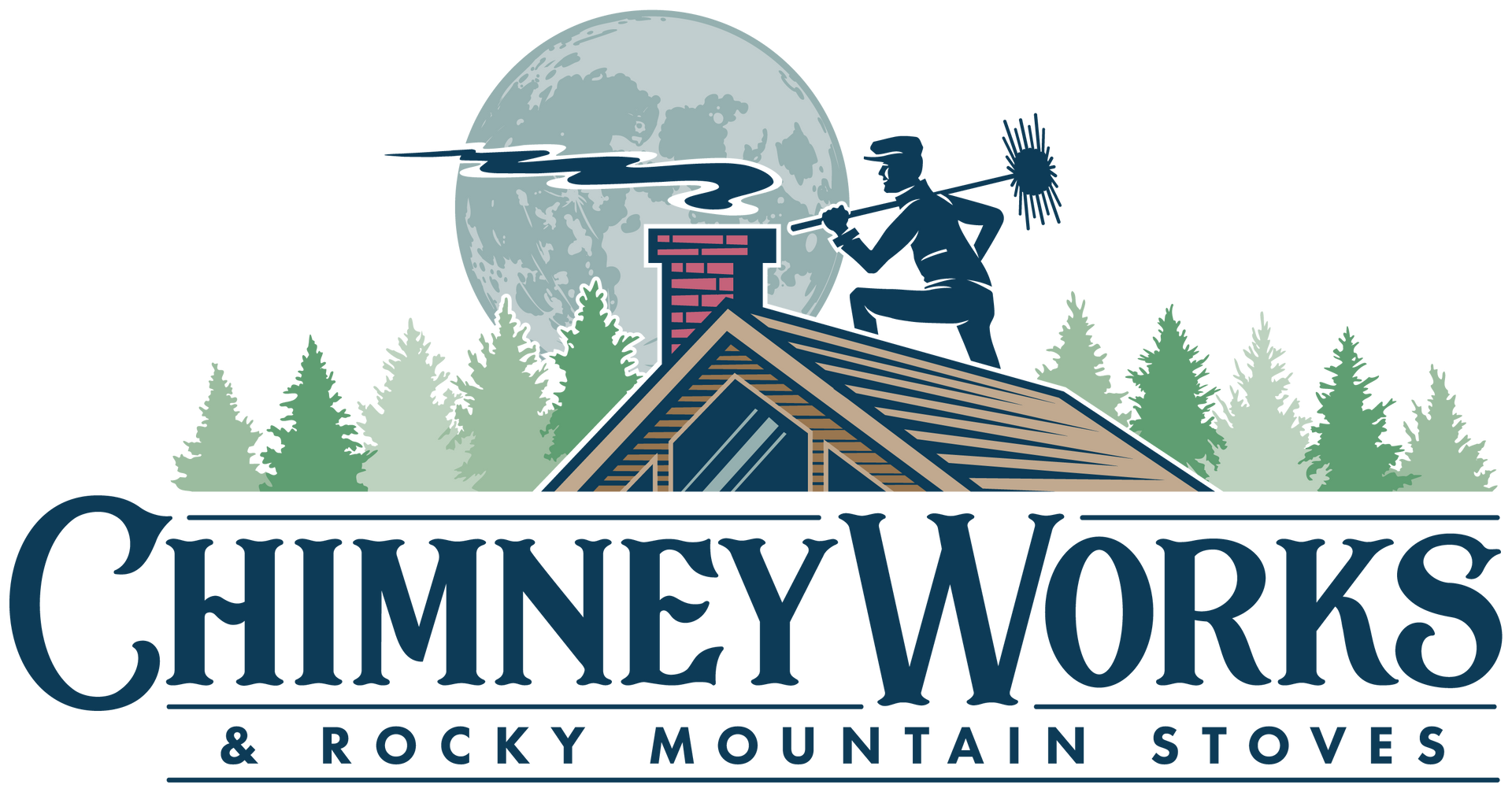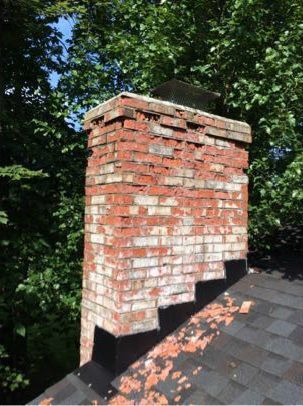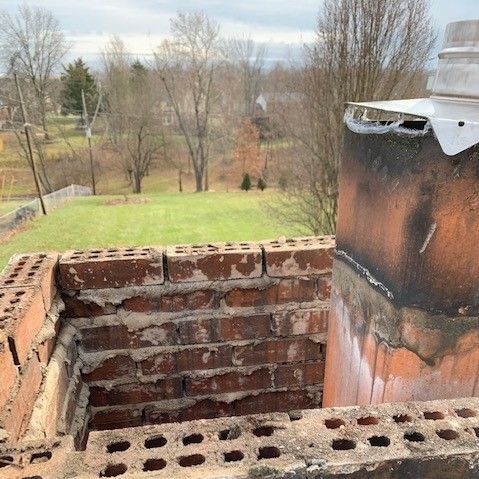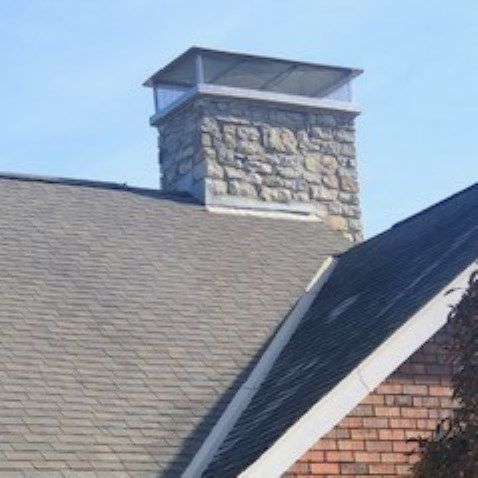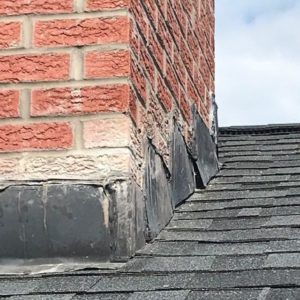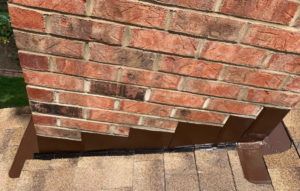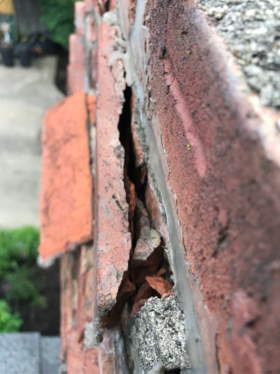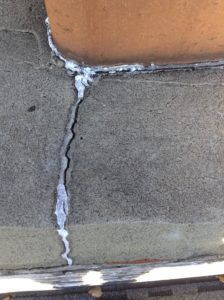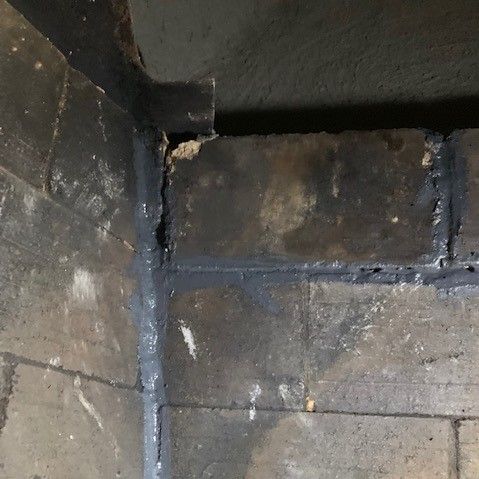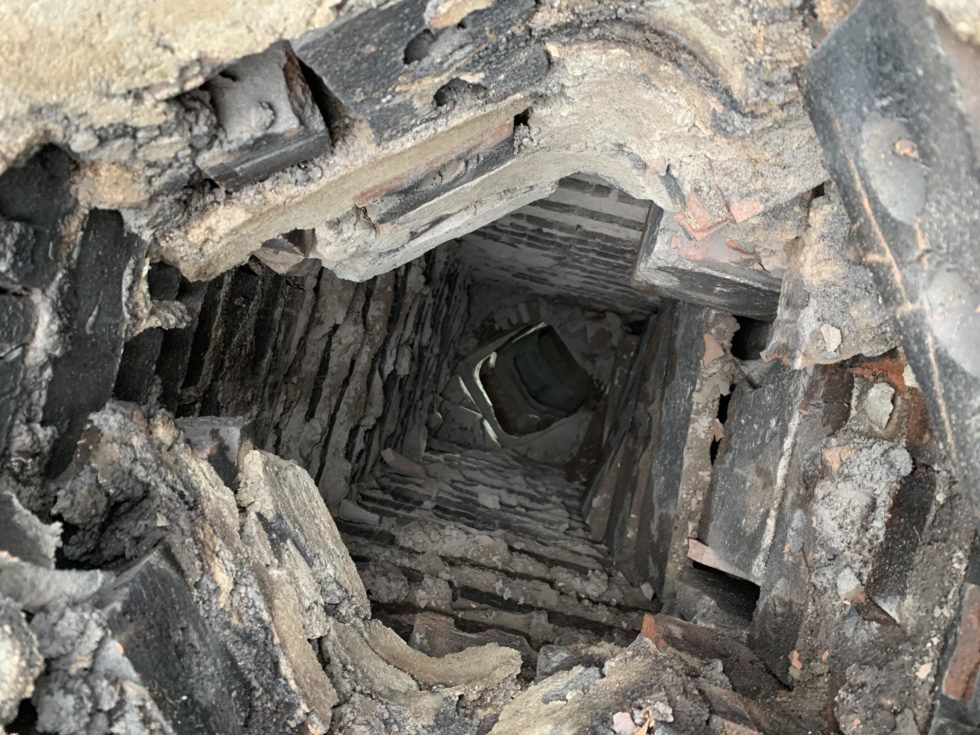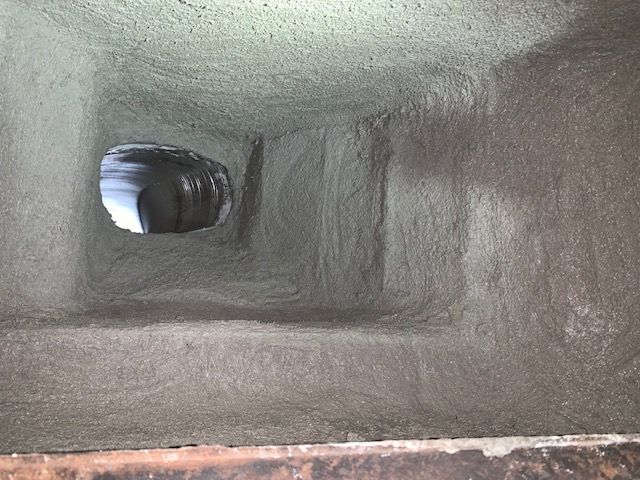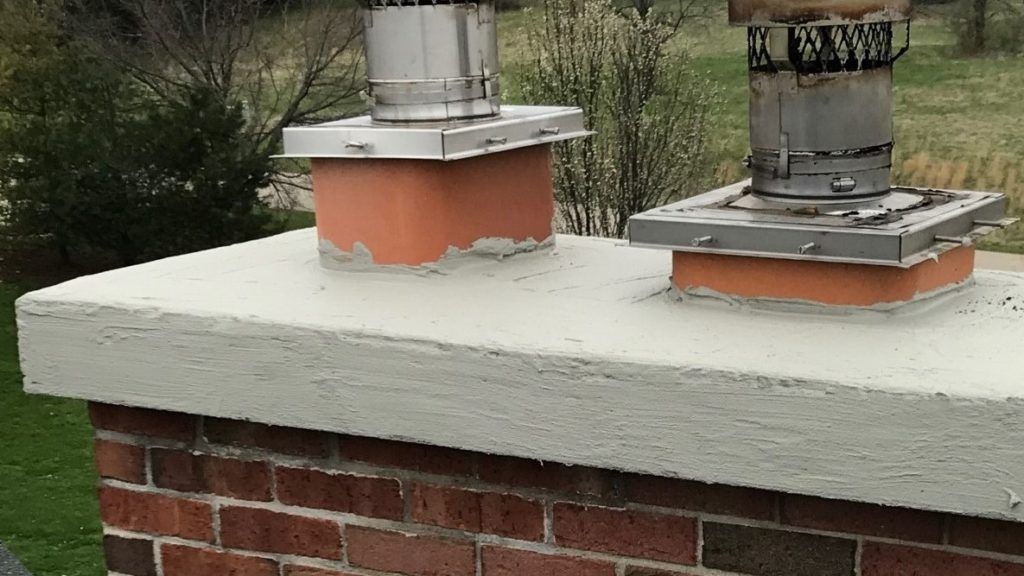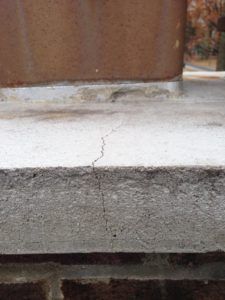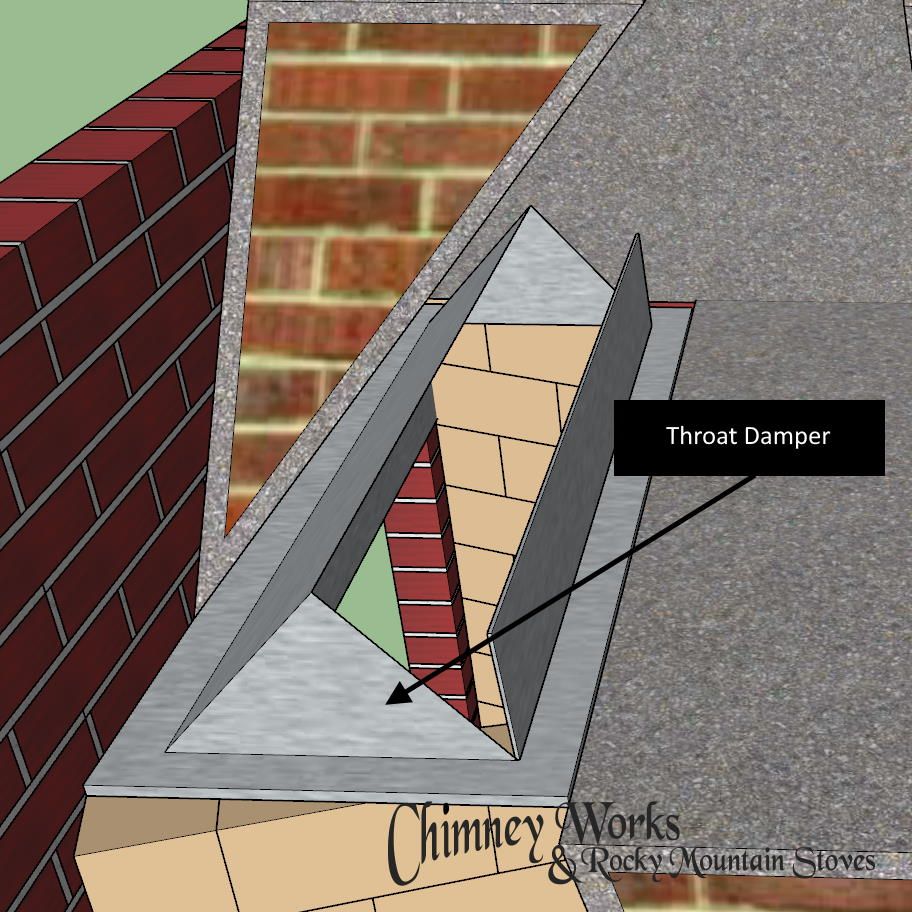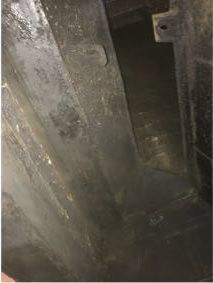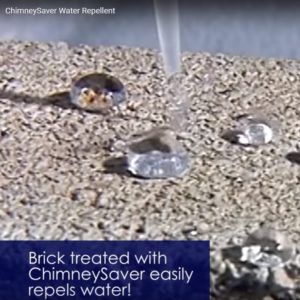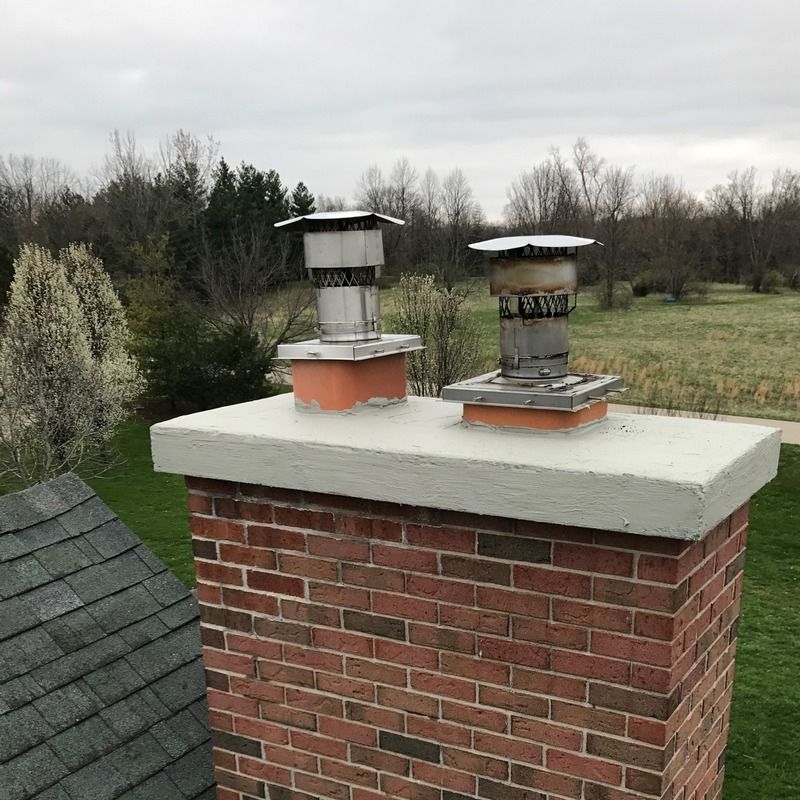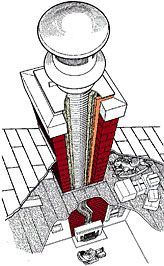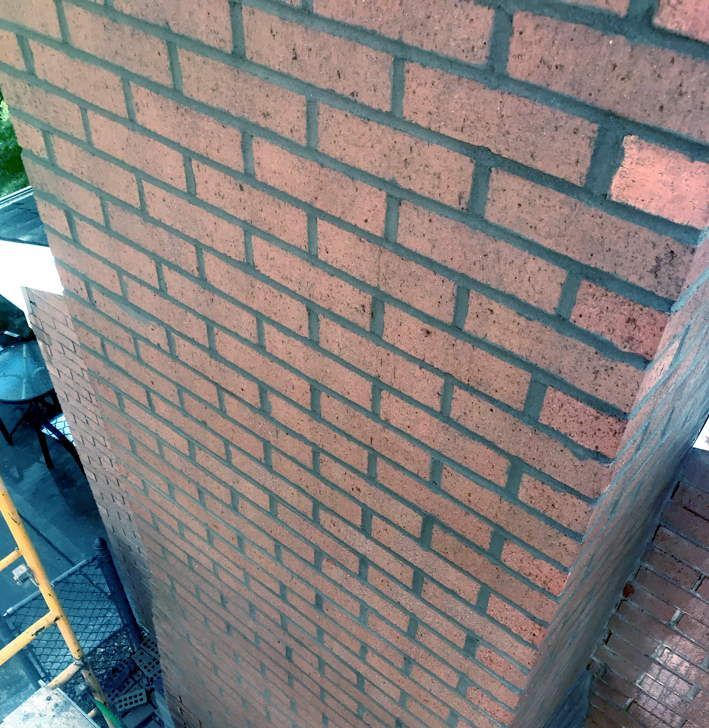Chimney Repairs
Chimney Works’ masonry repair crew has been serving the Cincinnati area since 2001. We provide all masonry services from simple chimney repairs to complete chimney rebuilds and chimney restorations.
free estimates!
We’ll come out and take a look at any chimney problems you may have. We’ll do an 8 point exterior chimney inspection, a flue inspection to detect water damage and we’ll provide photos & a written report. All of this at no cost to you.
Chimney Deterioration Repairs
A properly constructed chimney has a very long life span, however, even a well-built chimney may periodically require maintenance and repair. Some common signs that your chimney is deteriorating are...
Chimney Restoration Repairs
Whether the chimney is in need of minor repairs or complete reconstruction, Chimney Works technicians and masons are trained to help you determine the appropriate course of action.
Chimney Flashing Repairs
When flashing pulls away due to storm damage or settling, we can either replace or repair it. Flashing is one of the major causes of a chimney leak.
Leaking
Chimney
Our full-time masonry crew has been helping Cincinnati, Dayton and Northern Kentucky residents prevent chimney damage for decades.
Firebox
Repair
The firebox of your fireplace is where all the action is, holding an open flame and coals that can easily exceed 1000 degrees...
Smoke Chamber
Repair
The area just above your firebox and throat damper is called the smoke chamber. This area is often overlooked by homeowners because it is not visible...
Chimney Crown Repairs
The crown of your chimney is the surface on the very top that is sloped to move water away from the flue and keep water where it belongs. Proper construction is key, and sadly we see many crowns that are made of the wrong material or are missing expansion joints...
Chimney Damper
Installation &
Repair
Hopefully, your chimney has some type of damper. A damper is a device inside or on top of your chimney that can be closed when your chimney is not in use...
Chimney
Waterproofing
Even the most well-built chimney is still prone to deterioration due to weather, but only if it is left unprotected. To protect your chimney we repel water away from your mortar and bricks with...
Chimney Caps
& Guards
There are many reasons why a chimney cap should be present on all chimneys. The primary function of a chimney cap is to keep animals and weather out. Leaving your chimney without a chimney cap...
Chimney
Liners
A chimney liner protects the inside length of a chimney from the various factors that can cause corrosion or decay. Liners also stop heat transfer from the chimney...
Chimney
Tuckpointing
If the mortar in between your bricks begins to fail, we can help. And here is the great news: It will not require a full or partial rebuild....
